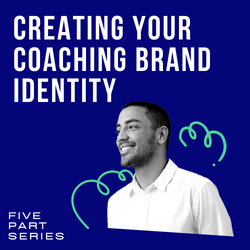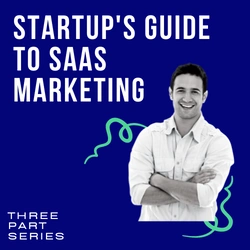Updated July 29, 2020
4 Most Common SEO Lies That Were Once True And You Need To Stop Believing Right Now
Those of us who have worked in or been familiar with search engine optimization techniques for the last 15 years know what I’m about to say. Things change. Technology catches up and people shift their habits. As such, SEO best practices will always be evolving, so don’t get too comfortable. Take the following four methods that were once the mainstays of the SEO toolbox.
1. Keyword Stuffing
No more keyword stuffing – plain and simple. Google and Bing caught on a few years ago. Now out of its infinite corporate kindness (or more likely a possible PR disaster) Google has given every webmaster (remember when we were called that?) plenty of time to update sites, post by post if necessary.
And nearly all the heavy sites committed to content marketing will spend hundreds of hours or more doing just that.
Keyword stuffing was the top so-called white hat method of SEO techniques. And it was easy. You wrote a page or post, and you just stuffed it with every keyword you could think of that in any way represented your site. The more, the better. Some sites ended up with keyword stuffed pages, resulting in concentrations of 15%.
Sure these pages weren’t pleasant to read, and they sounded like a 1980s robot wrote them, but that didn’t matter because it drove traffic.
The Big Change
Now, your keywords must be highly relevant and cannot exceed 2% (1% is better) of your content. Irrelevant keywords will get your site dinged by Google and Bing. You’ll lose rankings fast.
2. Link Farming
Everyone loves a farmer, but not when he or she is farming links. For a few years an SEO expert could slap a bunch of links onto a page for outbound traffic, trade links with the related site and Google gave some preferential rankings. The Google algorithm back then assumed the best of everyone and thought all those shared links must mean you have authority and can be trusted.
That is, until the predictable abuse began. Mirrored sites there were started overnight with hundreds of links on a page. No one clicked on them, but the keyword stuffing and outbound links fooled the Googlebot long enough for a handful of marketers to cash out.
Google put an end to that practice.
The Big Change
Now it’s essential that every link on your site is related to your content and contributes to the relevancy of your page or post.
Of course, not every site can do that. Some sites, like news portals, support themselves via digital ads. This is where NOFOLLOW comes in.
Outbound ad links on your site or links your visitor may enjoy but are not entirely relevant to your content can now be listed as a Nofollow link. Add the tag nofollow to the link itself and the growing Google Bot understands that link is to be ignored.
A Nofollow link is for your visitors and readers only, and Google appreciates that.
3. Duplicate Content
Years ago, you could write an article for your main site and post it on every site you own? You could even sell that same article to 40 other site owners, make a bit of cash, and instruct them all to change only the headline. Google didn’t care – it loved content, and it didn’t have the capability of knowing when content was copied, appeared on multiple sites or was even downright plagiarized.
It was the best of times for a content marketer! Well, unless your content was routinely plagiarized, of course.
The Big Change
The Google Bot matured, got smarter and expanded its capabilities to include plagiarism checking.
Duplicate content means unoriginal, and that tells Google that your site doesn’t produce the good stuff. This means your authority takes a hit and your search engine rankings dive fast.
Before, it was better to have copied content than no content at all. Not these days.
If you’re going to copy content, even just a sentence here and there without proper sourcing (it’s not plagiarism if you acknowledge the original author as your source) your site rankings will pay the price.
4. Any Imagery Will Do
You wrote up an article without copying anyone else; original and strong, and you know people will enjoy it. But you didn’t want to pay for licensed relevant photos or images, and we didn’t have many discount stock photo providers at the time.
So you jump on Google and search up a few images, snag them and pop them into your article and click Publish.
Using photos or graphics we didn’t’ own or license was acceptable back then. Sure it was frowned on, but it worked, and it didn’t cost us anything!
The Big Change
Now this same practice comes with a heavy price tag.
Using unlicensed or stolen photos, images or graphics can destroy your search rankings and even lead to a potential copyright infringement case against you and a fine.
Google and Bing look at “borrowed” imagery as stolen (which they are) and see that as no different from plagiarism (which it isn’t).
Your site rankings will plummet. If you can’t license highly relevant imagery or don’t want to use one of the many free sources for stock photos, it’s best not to include any imagery at all.
Just a few things to be aware of next time someone starts spouting off about SEO best practices and white hat techniques. It’s always good to remember what was acceptable three years ago may not be today. I’ll keep this article updated.



Building backlinks is often seen as a job to itself and in some ways it can be. But I’m going to walk you through a few actionable steps you can take starting right now to begin your backlinks building campaign and increase your site rankings. Keep Learning >

To dominate locally your business does not need to depend on or even create content. There are other ways to succeed in local SEO. Here are nine you can start using today. Keep Learning >



